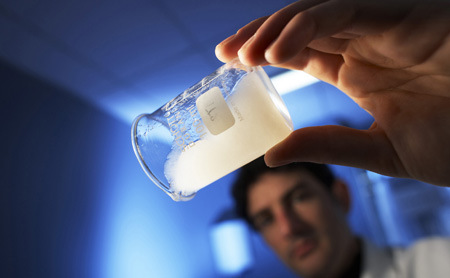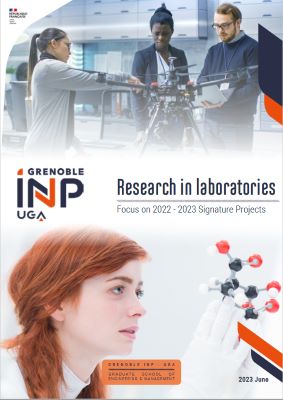For the moment, the industrial development of nanocellulose has come up against a few technological barriers that the researchers in Grenoble are working to break down.

These nanoparticles are produced by aqueous phase and are in the form of a gel that is composed of 98% water, which means that they cannot be used in certain matrices. “We managed to dilute them in solvents however this has always been done in a liquid medium, explained Alain Dufresne. Nanocrystals can also be dispersed in an appropriate organic medium as regards the matrix. This is achieved by covering their surface with a surfactant or chemically modifying their surface”.
For a few years now, the scientists at LGP2 have also been trying to shape nanocellulose fibres by extrusion. In fact, the LGP2 recently acquired an extruder that was funded inter alia by the Tec 21 Laboratory of Excellence and Grenoble INP. It will also be used to train future engineers at Grenoble INP - Pagora.
Finally, some of the other projects relate to the production of nanoparticles, which for the time being are experiencing difficulties in making it past the research stage due to procurement problems. “As a matter of fact, manufacturers who know how to produce large quantities of these particles refrain from marketing them in order to best evaluate their application potential”, pointed out Alain Dufresne. Naceur Belgacem, director of Grenoble INP - Pagora and researcher at LGP2, has partnered with the Technical Bioethanol Centre in Brazil to recover sugar cane waste for this purpose.





